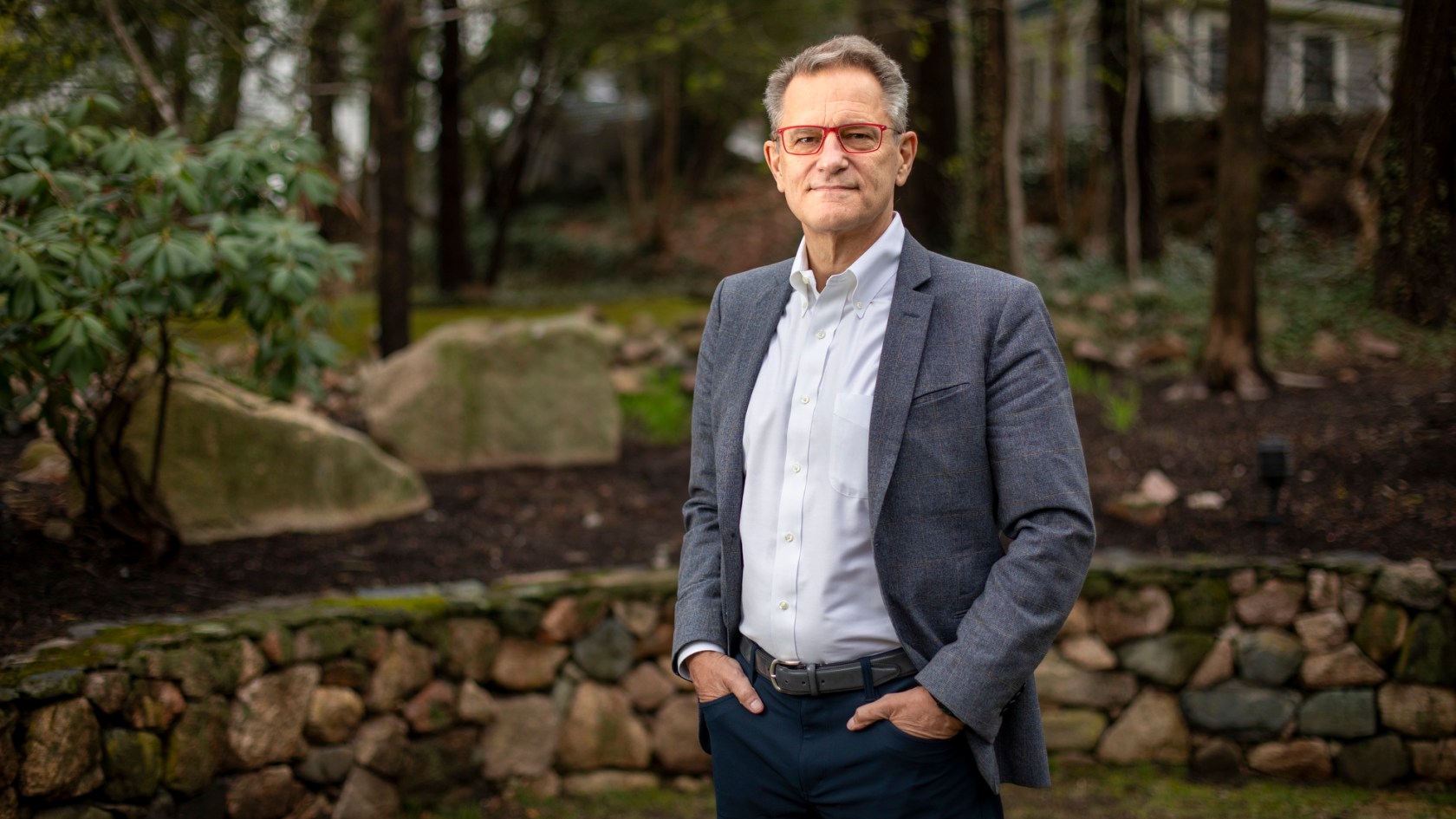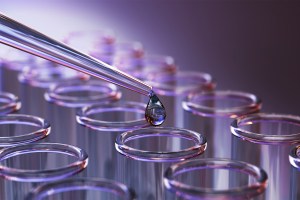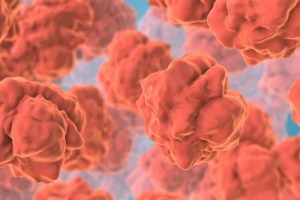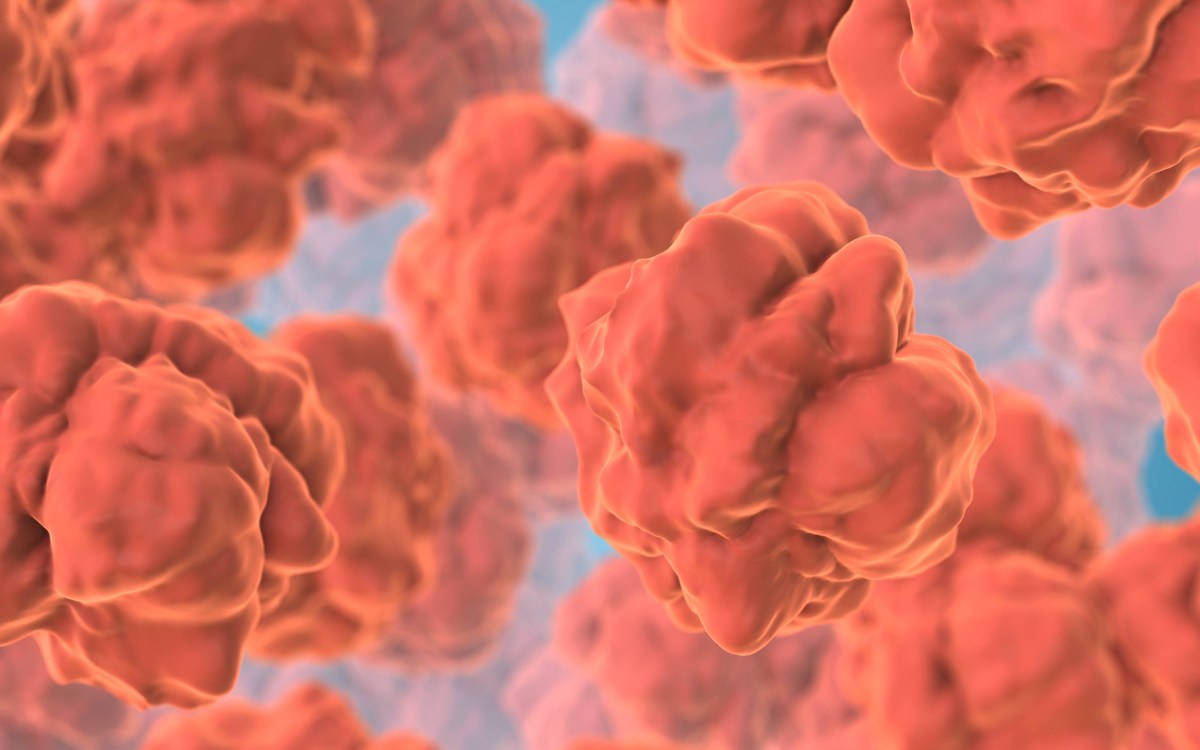Riskier to know — or not to know — you’re predisposed to a disease?
‘DNA isn’t a crystal ball for every kind of illness’ but potential benefits outweigh fears, says geneticist

Robert Green.
Veasey Conway/Harvard Staff Photographer
Congratulations! You have a newborn baby. She has plump cheeks, a round little belly, and the right number of fingers and toes. Everything seems just dandy. But unbeknownst to you, a risk is hiding in her DNA: some percent chance that later in life she’ll develop high cholesterol and have a heart attack in her 40s. Maybe it’s a 5 percent chance. Maybe it’s 80.
Would you want to know?
Robert Green would. Green is the director of Genomes2People, a research program at Brigham and Women’s Hospital, the Broad Institute, and Harvard Medical School that explores the impacts of using genomic information in medicine and in society at large.
Until genomic sequencing, Green said, the possibility of moving beyond treating sick patients and toward precision and preventative medicine was largely impossible.
“Genomics is sort of the tip of the spear, because you can actually profile some of the vulnerabilities that a child will have for their entire lifetime at the moment of birth through their DNA,” he said. “You’re not going to capture every illness; you’re certainly not going to capture illnesses that might have more environmental or lifestyle causes. DNA isn’t a crystal ball for every kind of illness by any means, but there’s a surprisingly large amount of human health that we can now probabilistically look at in the DNA of a newborn child or really a child at any age.”
Green’s team found that about 12 percent of babies carry a disease-associated genetic mutation. Some of them are considered rare diseases, but in the aggregate, they’re not rare at all.
Just having the mutation doesn’t guarantee a baby will get the disease, and many conditions can vary greatly in their severity. But, Green said, early detection means you can screen regularly, start diet or lifestyle choices early, or even benefit from clinical trials or novel cell therapies that weren’t available a few years ago.
“More and more, there are going to be targeted genetic therapies which can correct a particular mutation, often before the child even manifests the symptoms,” he said. “Because remember, many of these features would be irreversible if you catch them too late.”
Green himself has gotten his genome sequenced. He didn’t find anything all that interesting, except that he’s a carrier for Factor V Leiden, a mutation carried by about 3 percent of people with European ancestry. It can make the blood clot faster, and it’s a risk factor for developing deep vein thrombosis and pulmonary embolism. It’s not necessarily life-threatening, but Green has still taken some precautions based on the knowledge of the risk factor.
“I’m one of those guys on the long-haul flights that gets up every hour, walks to the galley, does deep knee bends,” he said. “And I take an aspirin a day.”
For your imaginary newborn with the risk of a future heart attack, she’s not alone: One person in every 250 people carries a genetic mutation for familial hypercholesterolemia, or FH.
“From the moment they are a child through adolescence, through young adulthood, their lipid levels are much, much higher than the general population,” Green said. “Someday a doctor will measure their cholesterol and maybe find it and maybe they’ll get treated, but it turns out that if you have FH, you should be treated early and aggressively. Otherwise, you tend to die of a heart attack or a stroke in your 40s. And by the time most people are getting their lipids measured and maybe getting treated and maybe being compliant with that treatment, it’s often too late. So there’s a very concrete example where we know that more aggressive early treatment will have lifesaving consequences.”
The consequences of knowing
As genomic sequencing becomes more accessible, families are tasked with deciding: Does the psychological burden of knowing outweigh the medical risk of not knowing?
Green and his team are surprised to find that most families who choose to learn about a child’s risk don’t seem to experience sustained distress or anxiety, even when they learn about potentially dire medical risks.
“I’m not saying people didn’t experience some distress,” he said. “It’s not a great thing to find out that my child’s carrying a mutation for a cardiac risk. But at least I know that that risk is there and I know what I need to do to monitor it.”
Widespread implementation of this kind of preventative screening would be a drastic change not only to the way parents think about their children, but to the healthcare system, Green said.
“If you say an apparently healthy child is at risk for something terrible and we need to surveil them, what does that mean for medical expenses for a society, if you were to multiply that by the 3.4 million babies born each year?”
The cost, he says, is not zero. There’s the cost of genomic testing itself, which can range from $200-$600. And then there’s the cost of preventing, managing, or treating what is discovered. For a child who is found to have an elastin mutation, which can be associated with supravalvular aortic stenosis, the family might spend a few hundred dollars on echocardiograms every couple of years, but on the flip side, if the child begins to exhibit fatigue or slow growth, they might save themselves some money by having an easy first diagnostic step.
“So I won’t say that this is revenue-zero for a particular healthcare spend, but it’s not as dramatic as some folks predicted it would be.”
Is DNA destiny?
Green is an evangelist for the notion that most people would benefit from genomic sequencing, but he’s not immune to concerns from critics. One of the main concerns, he says, is that we’re not prepared to live with the uncertainty of fuzzy changes and middling probabilities.
“I think the best case for caution is the perception out there that DNA is destiny — the perception that if you carry a mutation, you’re going to get the disease — when in fact, the reality is that we don’t know the exact probabilities,” he said. “We’re really unprepared to give more granular risk information.”
“The dream of human health is not just to get sick and then do your best to cut it out or irradiate it or treat it with some powerful drug. The dream is to avoid illness altogether, to truly pursue wellness and healthcare rather than sick care.”
It can be hard to tell a family if the risk of a child developing a disease is 10 percent or 50 percent or 75 percent. What is a parent to do with a ticking time bomb that might never go off?
That’s a Catch-22, Green said. “Until you do large numbers of children and you follow them over time, you actually aren’t going to be able to determine that information.”
Green wasn’t too worried about concern about data privacy (“Do you have a cellphone? Do you use a credit card? Do you ever search anything personal on Google? If you’re doing those things, you’re way more exposed to privacy issues than anything that could ever be gleaned from your genetic information”), but he said some other concerns are legitimate. “Your genetic information could be used to discriminate in life insurance, for example. It’s legal to do that. It hasn’t been done much, but it’s legal.”
Still, Green feels that concerns about the risks of genomics are out of proportion to the possible lifesaving benefits.
“Once we start sequencing children, once we start sequencing adults, your friends, your neighbors, people in your book club, somebody’s going to tell you, ‘My life was saved because I learned I had a cancer predisposition and we found it early.’ ‘My life was saved because I had no idea that I was an FH carrier and I needed more aggressive lipid management.’ And when those stories start coming out, I do believe that there will be a rebalancing of risk/benefit perception.”





